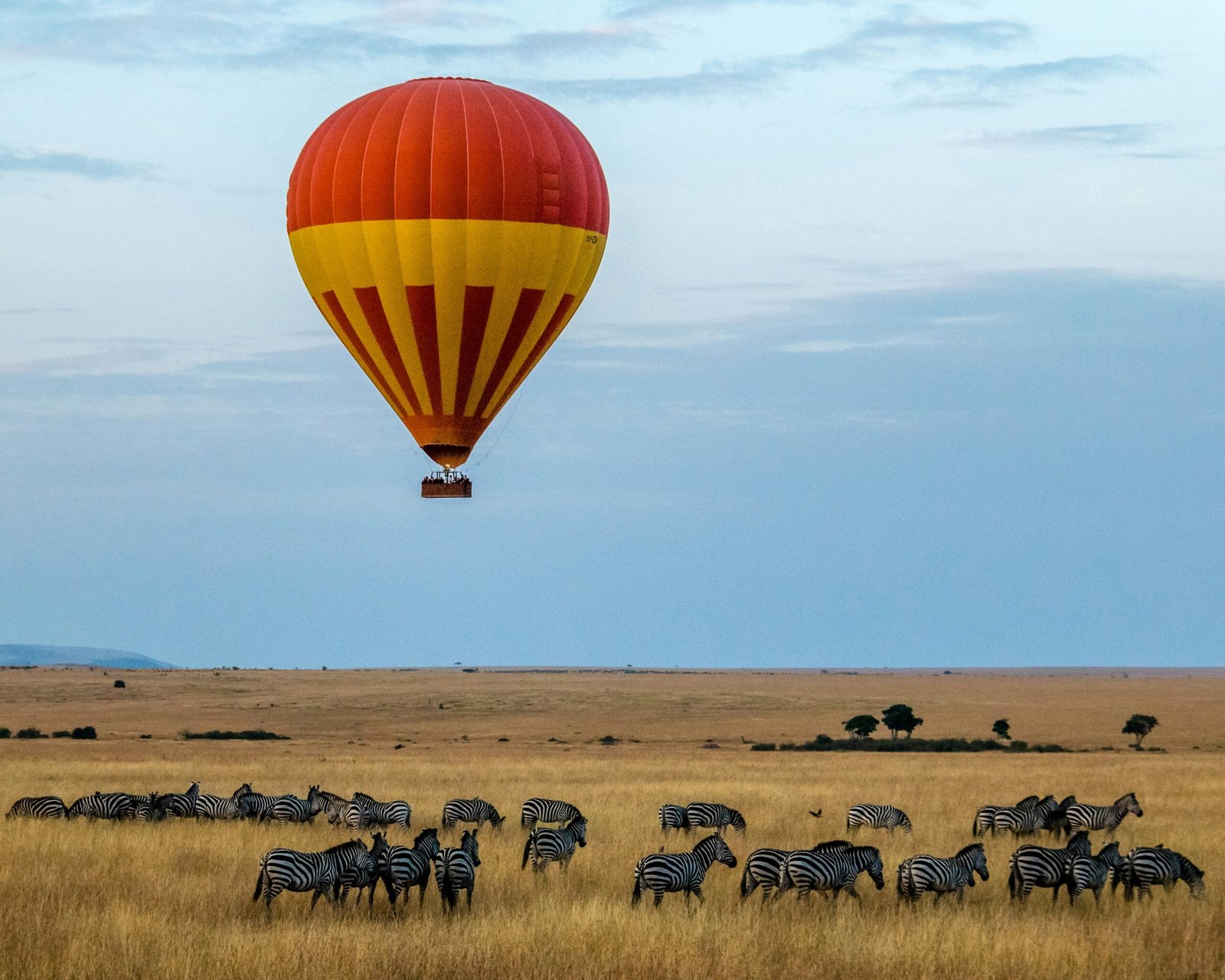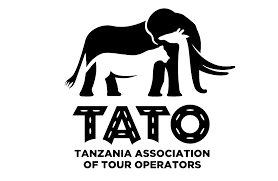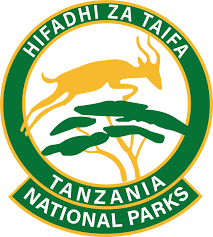A Migration Safari in Kenya refers to the awe-inspiring experience of witnessing one of the most dramatic natural events on Earth the Great Migration. This annual phenomenon sees millions of wildebeest, zebras, and gazelles embark on a treacherous journey across the vast savannahs of the Maasai Mara, Serengeti, and beyond, in search of greener pastures and water sources. The migration is not only a spectacular display of the resilience and determination of the animals, but also a vivid reminder of the raw beauty and power of nature. A Migration Safari in Kenya is a bucket-list experience for wildlife enthusiasts, offering an unparalleled opportunity to witness nature at its most dramatic.
The Great Migration: A Natural Wonder
The Great Migration, often described as the world’s largest terrestrial mammal migration, involves the movement of over 1.5 million wildebeest, 200,000 zebras, and hundreds of thousands of gazelles and other herbivores. The migration takes place primarily in the Maasai Mara National Reserve in Kenya and the Serengeti National Park in Tanzania. The cycle of this migration is driven by the seasonal rainfall, as the animals travel in search of fresh grazing and water. The most dramatic moments occur when the herds have to cross the Mara River, where crocodiles and other predators wait, making it a spectacle of survival and perseverance.
The Timing of the Migration
The Great Migration is a year-round event, but the timing of the most dramatic parts of the migration varies. The herds begin their journey in the Serengeti, crossing into Kenya’s Maasai Mara from around July to October. These months are considered the best time for a Migration Safari in Kenya as this is when the herds gather in large numbers in the Maasai Mara, and the infamous Mara River crossings take place. The wildebeests, along with zebras and gazelles, plunge into the river, often facing the dangers of crocodile attacks and swift currents. The river crossing is one of the most sought-after events during a migration safari, drawing thousands of visitors each year.
The migration is not confined to just the river crossings. As the animals travel across the plains, predators like lions, cheetahs, and hyenas follow closely, waiting for an opportunity to pounce. Watching the predators engage with the migrating herds adds another layer of excitement and drama to the safari. The timing of the migration can shift slightly depending on the rainfall patterns of the season, but the period between July and October is typically when the spectacle is at its peak.
Why Kenya?
Kenya is one of the most sought-after destinations for the Great Migration, with the Maasai Mara being the highlight of the migration route. The Mara is renowned for its diverse ecosystems, from open plains and acacia woodlands to lush riverine forests, making it a prime habitat for wildlife. The combination of stunning landscapes and abundant wildlife creates the perfect backdrop for witnessing the migration.
Additionally, the Maasai Mara offers excellent accessibility and infrastructure for tourists. Visitors can easily access the park from Nairobi, the capital city of Kenya, through both road and air transfers. The Mara also boasts a wide range of accommodation options, from luxury lodges and tented camps to more budget-friendly choices, allowing travelers of all kinds to experience the migration in comfort and style.
When to Go on a Migration Safari
The best time to go on a migration safari in Kenya is from July to October, during the peak of the migration. This period offers the best chance of witnessing the dramatic Mara River crossings and other key migration events. However, the migration is a year-round phenomenon, and travelers can still enjoy wildlife viewing at other times of the year. For example, the months of January to March offer great opportunities to see the herds in the southern Serengeti, where calving takes place, providing an opportunity to witness newborn wildebeest and other animals.













